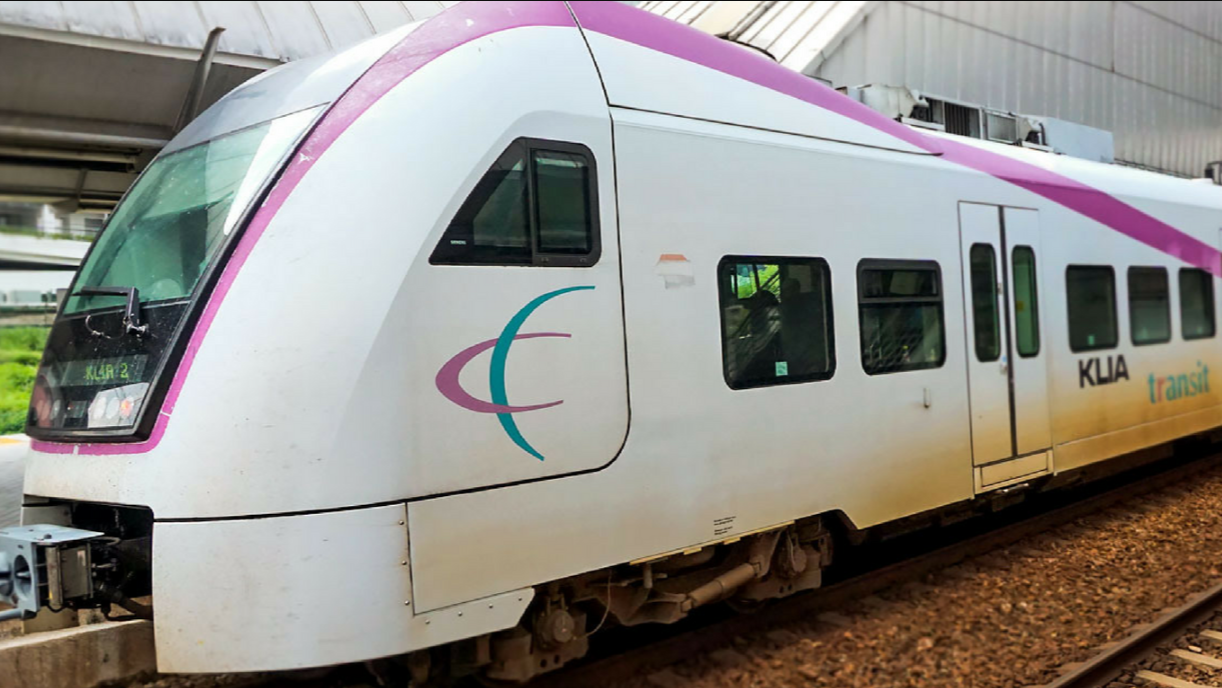THE series of cable thefts disrupting the KLIA Ekspres and KLIA Transit services has raised serious questions about the management of Ekspres Rail Link Sdn Bhd (ERL), of which YTL Corporation Bhd owns a 45% stake.
Despite YTL’s vast experience in handling major infrastructure projects, the public would not be faulted for questioning its ability to manage such a crucial transport service.
YTL’s portfolio includes numerous high-profile railway projects, such as the Electrified Double Track Project from Gemas to Johor Bahru, the remodelling of the railway yard at Padang Rengas, Perak, and the electrified double track project from Sentul to Batu Caves.
Given this extensive background, one must wonder why the company has not prioritised upgrading security measures along the 57-kilometre ERL line.
After all, the scale of the rail track for ERL is relatively small compared to KTMB, so it’s baffling if it does not have a surveillance system as comprehensive as its bigger counterparts.
Unlike KTMB’s national network, which pose more logistical challenges, ERL’s shorter stretch should make such security measures feasible and essential.
It is understood the thefts occured at blind spots along the line.
As one of Southeast Asia’s fastest high-speed rail services, the continued service disruptions are an embarrassment for a company that has prided itself on its infrastructure expertise.
These incidents may have left commuters frustrated and questioning the reliability of a system they rely on daily.
Another pressing question concerns the public funds allocated to ERL. The government has been subsidising ERL through the Airport Passenger Service Charges (PSC), a fee collected from outbound airline passengers at KLIA.
The charges, amounting to RM5 from Terminal 1 and RM1 from Terminal 2, are shared between Malaysia Airports Holdings Bhd (MAHB) and the government, with a portion going to ERL.
However, with the government set to cease these subsidies in 2029, the question remains: where has the money been going, and why have the security measures on the ERL line remained so inadequate?
The new agreement stipulates that from 2029 onwards, the government will stop paying ERL a share of the PSC. If public funds have been flowing into ERL for years, how is it that basic security infrastructure remains subpar, and why has the company not taken proactive steps to prevent issues like cable thefts?
Moreover, the sustainability of ERL is under scrutiny. With an average ridership of just 5,282 passengers a day, the service is far from a viable or sustainable mode of transport.
A one-way trip for a single passenger between KL Sentral and KLIA costs RM55.
Despite its potential to provide a high-speed, efficient link to the airport, it is struggling to attract enough passengers to justify its continued subsidies.
Looking at how YTL has handled ERL, it’s clear that public trust is waning. If YTL cannot manage a relatively small, 57-kilometre rail service with basic security needs, how can it be trusted to manage larger, more complex projects?
The recent incident raises concerns about YTL’s ability to oversee the other major infrastructure initiatives it is involved in.
It certainly does not help its southern ambitions namely High Speed Rail and the Johor Bharu autonomous rapid transit (ART).
Without apparent significant improvements and transparency in addressing incidents as well as demonstrating financial gumptions, YTL risks further credibility issues — even as it throws it hat in the ring to bid for more rail projects. – April 10, 2025
Sandru Narayanan is a Scoop journalist


